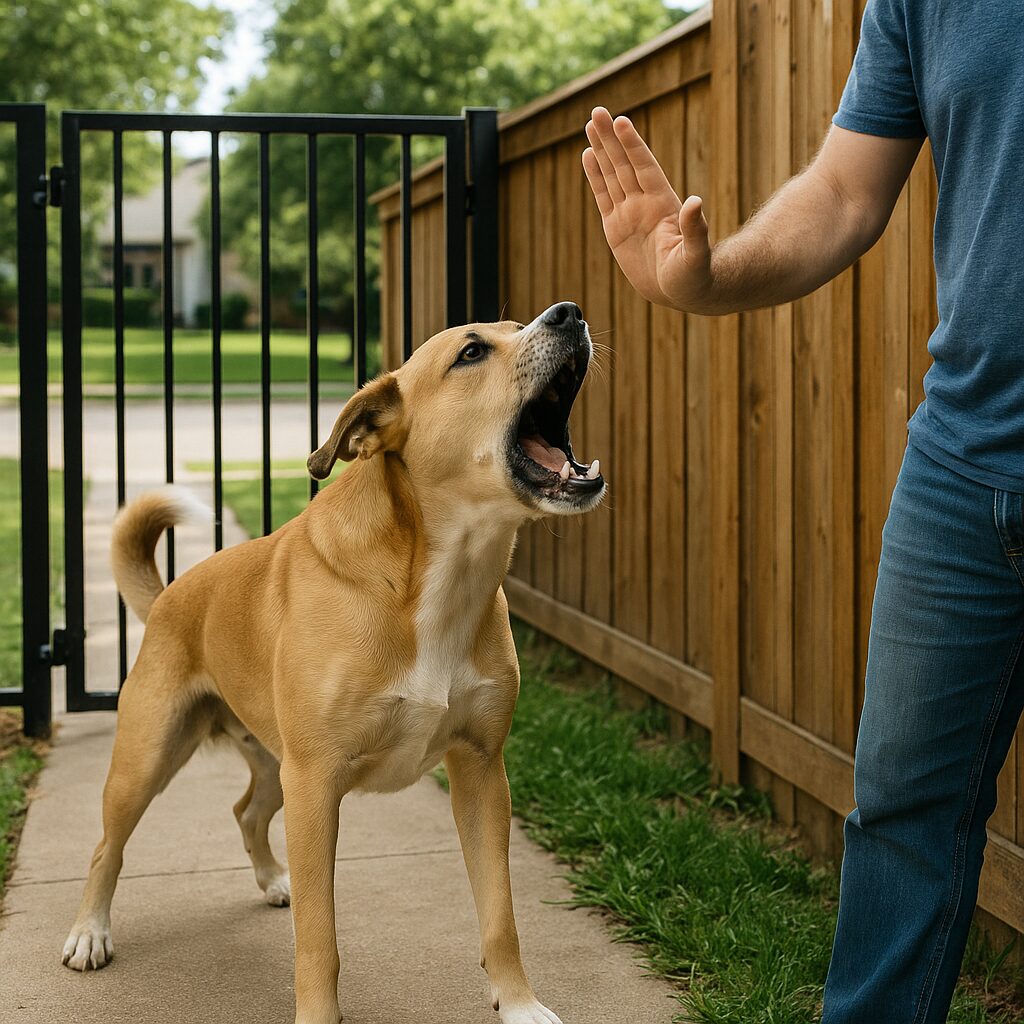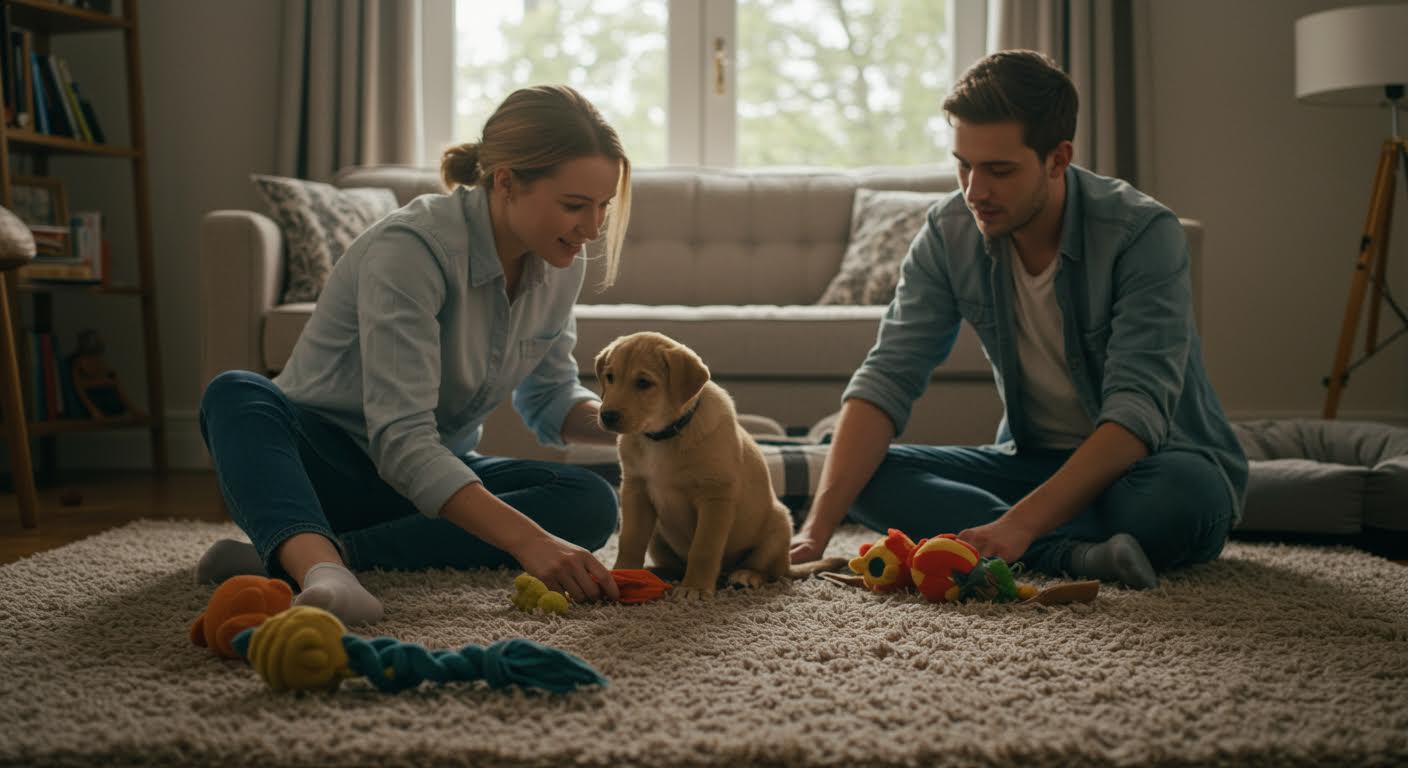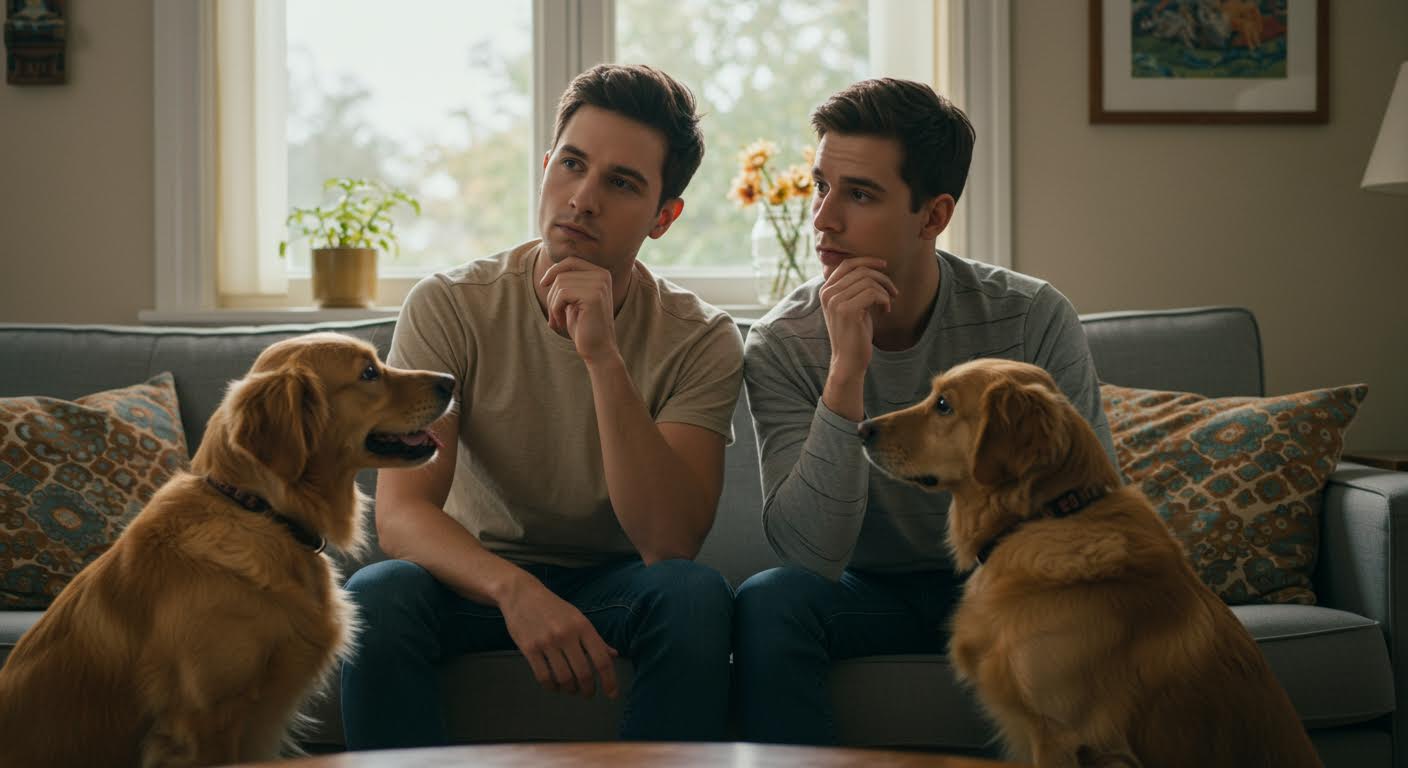10 Common Dog Behavior Problems and How to Solve Them
Every dog parent dreams of a well-behaved pup. But the reality is that dog behavior problems are common—and often misunderstood. Whether you’re raising your first puppy, adopting a rescue, or struggling with your adult dog’s habits, knowing the most common issues (and how to handle them) is the first step to building harmony at home.
The good news? Most of these problems can be managed with patience, training, and consistency. Below, we’ll explore the 10 most common behavior issues in dogs and practical solutions that actually work.
1. Barking
Dogs naturally vocalize—they bark, whine, or howl. But excessive barking is frustrating. Before correcting it, identify the reason: is your dog barking from anxiety, boredom, excitement, warning, or attention-seeking?
Solution:
- Teach “bark” and “quiet” commands.
- Address the root cause (exercise for boredom, training for anxiety).
- Be consistent and patient.

2. Chewing
Chewing is natural—it relieves puppy teething, eases anxiety, and releases energy. But destructive chewing on shoes or furniture quickly becomes a behavior problem.
Solution:
- Provide safe chew toys.
- Keep valuables out of reach.
- Redirect bad chewing to an appropriate item.
- Ensure enough exercise and stimulation.

3. Digging
Certain breeds, especially terriers, are wired to dig. Dogs dig from boredom, anxiety, nesting comfort, hunting instinct, or simply hiding possessions.
Solution:
- Increase exercise and playtime.
- Redirect digging to a sandbox or designated spot.
- Use positive reinforcement when digging in the “right” place.

4. Separation Anxiety
Separation anxiety is one of the hardest problems for pet parents. Dogs show it by vocalizing, chewing, inappropriate elimination, or destruction when left alone. True cases are more than simple boredom—they involve panic when the owner prepares to leave, misbehavior in the first 15–45 minutes, and constant need for contact.
Solution:
- Practice desensitization (short absences, gradually extended).
- Train calm departures and arrivals.
- Provide toys or lick mats for distraction.
- In severe cases, consult a vet about medication.

5. Inappropriate Elimination
Urinating or defecating indoors is one of the most frustrating behaviors. Sometimes it’s a medical issue, so always rule that out first. Other causes include submissive/excited urination, territorial marking, anxiety, or poor housetraining.
Solution:
- Reinforce proper housetraining routines.
- Supervise and reward outdoor elimination.
- Consider tools like doggy doorbells for communication.

6. Begging
Begging at the table seems harmless, but it creates health risks like obesity and digestive issues. Many owners unintentionally reinforce it by giving in “just once.”
Solution:
- Train your dog to go to a specific place during meals.
- Ignore the puppy eyes.
- Reward good behavior after family meals.

7. Chasing
The instinct to chase animals, people, or cars comes from a dog’s predatory drive. Left unchecked, it can be dangerous.
Solution:
- Always use a leash or fenced yard.
- Teach a reliable recall command (“come”).
- Carry a whistle or noisemaker to interrupt.
- Keep walks engaging to redirect energy.

8. Jumping Up
Dogs jump up when excited, greeting, or seeking attention. While natural, it can be annoying or dangerous.
Solution:
- Ignore jumping (no eye contact, touch, or words).
- Reward only when the dog is calm and still.
- Train an alternative greeting, like “sit.”
9. Biting
Biting or nipping is instinctive in puppies learning bite inhibition. But in adults, it can stem from fear, defensiveness, protection, pain, or predatory instinct.
Solution:
- Socialize puppies early.
- Teach bite inhibition consistently.
- Avoid physical punishment—it increases fear.
- If biting persists, consult a professional trainer or behaviorist.
10. Aggression
Aggression includes growling, snarling, lunging, or biting. Any dog—regardless of breed—can show aggression if fearful, abused, or poorly socialized.
Solution:
- Rule out health issues first.
- Identify triggers (people, dogs, possessions).
- Work with a professional trainer for desensitization.
- Always prioritize safety.
Final Thoughts
Most dog behavior problems come from unmet needs—lack of exercise, boredom, anxiety, or inconsistent training. By understanding your dog’s perspective and applying these solutions, you can transform challenges into opportunities to bond.
Remember: patience, consistency, and love are your best tools as a pet parent.





